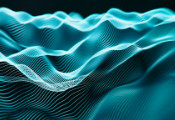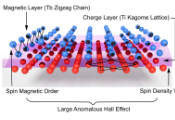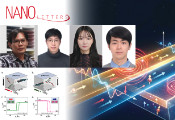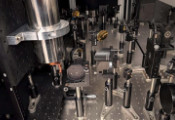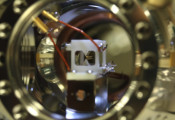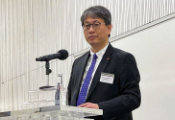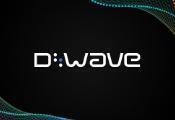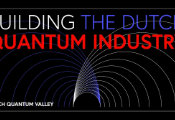Using Electron Microscopy to Understand Quantum Behavior
October 30, 2024 -- Materials with magnetic properties have been central to computing for decades. These permanent magnets, which commonly control computer memory, are well-understood. But next-generation computers might rely on fleeting, quantum properties in materials. Understanding how to control these properties is essential to developing practical devices.
A research team led by Pacific Northwest National Laboratory (PNNL) scientists will use a combination of advanced electron microscopy, materials synthesis, and theoretical techniques to study quantum behavior in materials at the atomic level. They will use model material systems to study how electrons and their properties, such as spin and orbit, move through the materials. The project will focus on understanding transport phenomena, collectively known as Hall effects. Hall effects occur when an electric current flows through a material, typically in the presence of an external magnetic field, resulting in a build up of charge or spin in a direction perpendicular to the current flow.
“So often, people see electron microscopy as a simple characterization tool, where images are taken to just find out where atoms are,” said Juan Carlos Idrobo, the lead investigator on the proposal and a joint appointee between PNNL and the University of Washington (UW). “However, electron microscopy is a powerful tool that can provide deep insight into materials and their properties when fully utilized.”
To understand the Hall effects, the team will first create precise thin films of materials with defined boundaries, composition gradients, and point defects. These materials will be studied by electron microscopy and modeled in theoretical simulations. The resulting experimental and computational data will be combined to establish the relationships between material structure, composition, and quantum phenomena.
The project will leverage the deep connections between PNNL and UW. The team includes Libor Kovarik, Yingge Du, and Micah Prange of PNNL as well as Di Xiao (also a PNNL/UW joint appointee). The researchers will use the complementary electron microscopy resources at the two institutions.
This work is supported by the Department of Energy, Office of Science, Basic Energy Sciences, Materials Science and Engineering Division, Electron and Scanning Probe Microscopies program.

